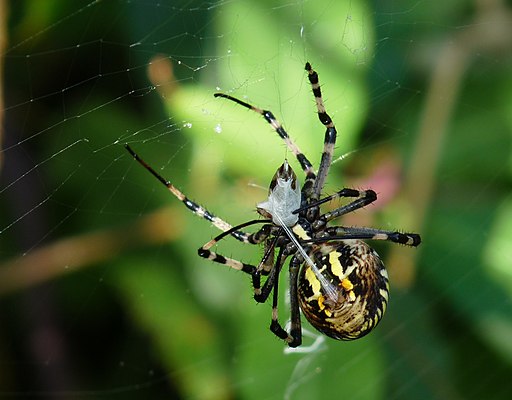Dr. Robert Lustig of UCSF has been on a mission to advocate for the reduction of processed food consumption. He particularly targets simple carbohydrates — specifically the sugar fructose. Fructose is a pentose sugar that is found abundantly in nature. In fact, it’s the major form of sugar found in fruits. We all know that fruits are good for you, right? It’s true! But Dr. Lustig argues that the consumption of fruit is beneficial due to the more complex and less digestable carbohydrates that come in the form of dietary fiber. Well what’s the difference? Absorption of nutrients during digestion is regulated by the environment of the food. Fiber regulates the rate of simple carbohydrate absorption and entry into the bloodstream. So why specifically fructose? The common sugar that is utilized by cells is the hexose sugar glucose. Why doesn’t he think that is bad? He does think it is when not moderated. Just as we don’t simply consume pure glucose even though that is what our cells utilize, he argues that too much sugars –glucose, fructose and the disaccharide sucrose– is the major source of disease risk in this country. It all stems from obesity.
Recently on NPR Science Friday, Dr. Lustig spoke about his advocacy for a “Soda tax” to recoup revenue used to combat illnesses brought on by obesity (Download the Podcast here). The logic is that obesity can be combated through inducing moderation fo sugar intake. He likens it to taxes imposed on cigarettes and nicotine products and assures the public that people will learn to accept increased prices for these products. So why is there an increase of obesity in this country? Food prices in the United States are relatively low. Additionally, products that are made from corn (as well as other crops) are highly subsidized by the federal government in an effort to reduce food costs. The side-effect is the abundance of corn syrup found in many food items that are high in fructose.
Carbohydrates versus Lipids
Sugars are carbohydrates. Plants typically store simple sugars in polymers for temporary storage of energy in the form of starch. Animals will store energy in sugar form as the polymer known as glycogen in the liver and muscle. What does any of this have to do with fat? Fat is a type of lipid composed of a glycerol molecule and 3 fatty acid chains. We refer to them as triglycerides. As we can see, carbohydrates and lipids are quite different. Fats are used to store energy for the long-term. When there is an abundance of energy that is not immediately needed, it is converted into long-term storage as fat. Sugar does not equal fat! An abundance of it will eventually lead to fat deposition if that energy is not utilized immediately.
The opposing view
Those who oppose Dr. Lustig often cite the fact that sugar is sugar, no matter what the source. Corn syrup is still just sugar. The corn lobby will constantly remind you of this in televised commercials. Here is a summary of an opposing view at Science Daily. The study focuses on the caloric value of fructose. This isn’t exactly what Dr. Lustig argues about. He merely suggests that the abundance of sugar is so great, that it is too easily consumed. He often states that sugar is a luxury (of yesteryear) that should be moderated. How does the Science Daily article change your views on the argument?
Food for thought
Think about the questions below. If you do the assignment, please post it in the appropriate place in the comments for the assignment.
- Weigh in on your opinion in this debate and refer to specific arguments from the podcast and the Science Daily article
- Do you feel that having excessive amounts of sugary products is deleterious towards your well-being?
- Do you think taxation will make a difference in the habits of consumers that will effectively reduce obesity?
- What are the alternatives to taxation that would/could be implemented instead of a “soda tax”?
- What are your opinions regarding food subsidies and the abundance of low cost food of questionable “quality”?
- Compare a high quality and balanced meal versus a “McMeal”






